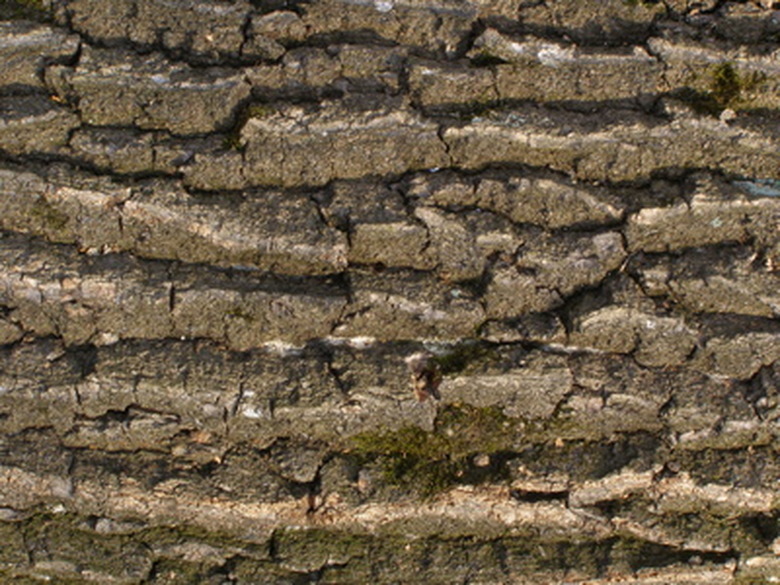How To Identify Maple Trees In The Winter
It is much easier to identify a maple tree when it has leaves, in the spring or summer, than to do so in the dead of winter when deciduous maples no longer have their leaves to give you hints as to what type of tree they are. To identify maple trees in the wintertime, you must rely on the branches, bark and other features of the tree to help you.
Step 1
Discern the maples from most other species by carefully studying the branching pattern. Maples have a distinct opposite branching in which the twigs and branches grow out from the limbs on opposite sides. Most other North American species possess an different pattern, with the exceptions of trees like dogwood, horse chestnut and ash. But maples are usually much larger than dogwoods, and ashes and horse chestnuts have compound leaves—long stems with smaller leaflets attached—that litter the ground beneath the tree and are recognizable, even in winter.
Step 2
Look for bark on a maple that is generally a light gray or brown. Maples can be smooth when immature, but almost all older maples, no matter the species, develop rough, furrowed bark as they age. Some, like black maple, have a bark so dark that it is almost black. The sugar maple has bark that seems to separate into plates with loose edges.
- It is much easier to identify a maple tree when it has leaves, in the spring or summer, than to do so in the dead of winter when deciduous maples no longer have their leaves to give you hints as to what type of tree they are.
- But maples are usually much larger than dogwoods, and ashes and horse chestnuts have compound leaves—long stems with smaller leaflets attached—that litter the ground beneath the tree and are recognizable, even in winter.
Step 3
Observe the twigs where the leaves abscised (fell off the branch) the previous autumn. Leaves that abscise leave a noticeable scar on the twig that you can detect in winter. These leaf scars on a maple tree are normally in the shape of a crescent, and each scar will contain three small dots.
Step 4
Examine the buds on a maple tree as the winter wears on, looking at the buds on the ends of the twigs (terminal buds) and those that emerge on the sides of the twigs (lateral buds). At least two scales will be on each bud, to protect it from cold and snow. The terminal buds have an oval, egg-like shape. These will be somewhat bigger than the lateral buds.
- Observe the twigs where the leaves abscised (fell off the branch) the previous autumn.
- At least two scales will be on each bud, to protect it from cold and snow.
Step 5
Estimate the height of the trees you suspect might be maples. The largest maples, including types like sugar and bigleaf, can be around 100 feet high. Others are medium- to small-size trees in the range of 30 to 60 feet, like the striped maple. In a crowded forest setting with little room to spread out, a maple often has few branches down low, with most of its limbs being in the upper canopy. In the open, though, a maple will often possess a shortened trunk and large lower limbs that jut out in every direction.
References
- "Trees of North America"; C. Frank Brockman; 1996
- "National Audubon Society Field Guide to Trees"; Elbert L. Little; 2008
